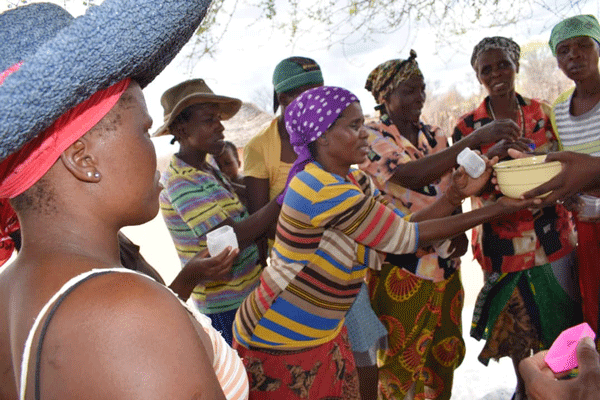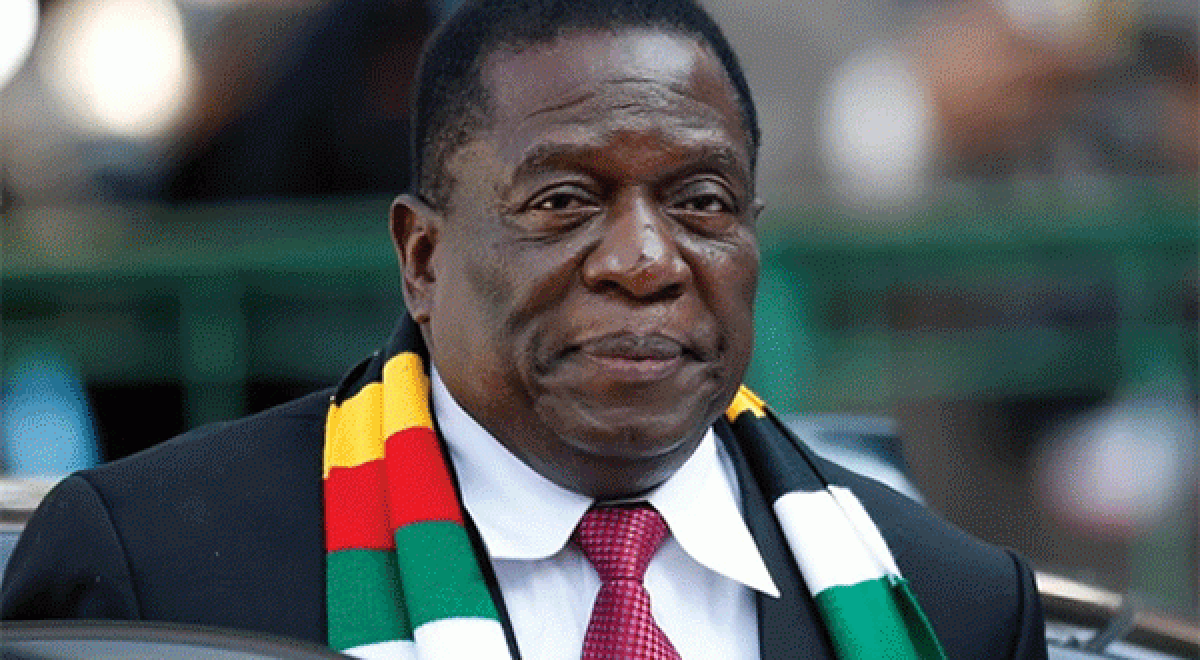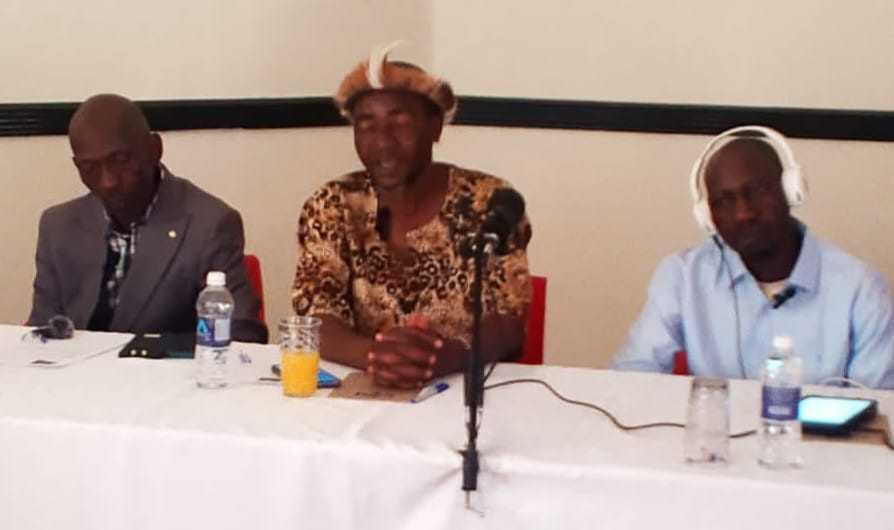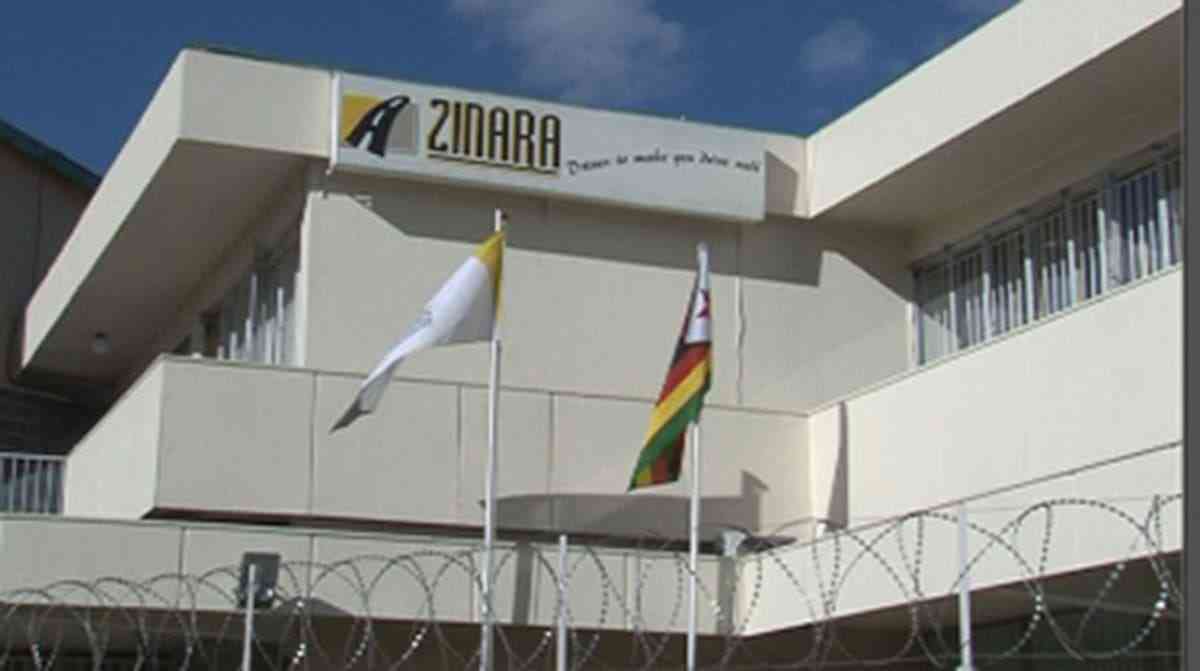
BY LULU BRENDA HARRIS
The area between Bulilima and Tsholotsho has an unfavourable terrain with desert-like conditions. It has long been regarded as remote. The San community calls this place home.
For this community already suffering from growing poverty, illiteracy and marginalisation, the global Covid-19 pandemic could be the final blow.
Amid their existing challenges, the San, a former forest-dwelling group of hunter-gatherers largely accepted as the first indigenous inhabitants of the country, have limited access to health care and other basic amenities such as running water.
A young man in his early 20s says he survives by doing part-time jobs in Botswana, while he has heard about Covid-19 he is yet “to see its reality”.
“I can quarantine or social-distance by staying home and not crossing the border to Botswana to do work there,” says Msindisi Vundla from Makhulela Village.
“But if I stay home, then I am choosing that I and my family starve to death.”
The World Health Organisation (WHO) says indigenous communities are disproportionately affected by Covid-19 worldwide.
- Chamisa under fire over US$120K donation
- Mavhunga puts DeMbare into Chibuku quarterfinals
- Pension funds bet on Cabora Bassa oilfields
- Councils defy govt fire tender directive
Keep Reading
The San people, indigenous to Southern and Central Africa, inhabit remote areas of Angola, Botswana, Namibia, South Africa, Zambia and Zimbabwe.
There are about 1 200 San people in Zimbabwe whose communities straddle the border between Tsholotsho district in Matabeleland North and Bulilima district in Matabeleland South.
Dlozi Maphosa, a middle-aged woman from this community, has little to no knowledge about the novel coronavirus.
“I have just heard that there is a new disease sweeping across the world,” she said. “I haven’t seen it here, and I doubt it’s in our village yet.”
Davy Ndlovu, a San rights activist who works with the Tsoro-o-tso San Development Trust, said the biggest challenge among the local San community was lack of knowledge about the virus as a result of information blackout.
“The San live in secluded communities and don’t easily access information at the right time and in the right way.
“In some cases, the information is unreliable,” Ndlovu said.
“There are no radio and television signals, and there is no network coverage for cellular phones.”
He said another challenge is that the San community has been long marginalised without access even to basic education.
“Even posters will not be helpful if they are written in English or any language because most San members cannot read or write.” he says.
Ndlovu said although most of the people have little knowledge on Covid-19 or want to behave as if it is not there, there seems, already, to be some stigma around the virus.
“We had an incident some weeks back here,” he said.
“There is a girl who has always been sick, she had been sick even way before there was an outbreak of Covid -19.
“Two weeks ago, it became worse and there was need to rush her to the clinic.
“Her family then approached one of their neighbours to ask for assistance with a scotch-cart to take her to the clinic.
“The neighbours were clear that they could assist with their scotch-cart to ferry a likely Covid-19-positive patient.”
For Ndlovu, this incident lays bare the gaps and unresolved issues around how the community perceives the Covid-19 pandemic.
The United Nations says as Covid-19 cases rise worldwide, indigenous people are more exposed to the virus because of marginalisation.
“We urge member States and the international community to include the specific needs and priorities of indigenous peoples in addressing the global outbreak of Covid-19,” said Anne Nuorgam, chairperson of the United Nations Permanent Forum on Indigenous Issues.
In Zimbabwe, Ndlovu said the San community was exposed because they were not taking any preventive measures to protect themselves against the virus as a result of a combination of factors.
They have no access to running water nor are they following the guidelines set to prevent the spread of the virus.
The washing of hands is close to impossible as water is only accessible in pools around rivers.
“What we have noticed is that if you go to the San community, you will find that they have no mask, not a single person puts on a mask,” Ndlovu said.
“Water is also in short supply so insisting on washing hands all the time is impossible. Even soap is in short supply.
“They have no sanitisers and can’t wash their hands all the time with soap because they don’t have it.”
Ndlovu said civic society organisations should donate masks to the San community and encourage them to actually wear them.
Matabeleland South provincial medical director (PMD) Ruth Chikodzero said a lot was being done to share information across the province and within the districts.
“The Covid-19 response is not done by the PMD’s office, but coordinated by the Civil Protection Unit that involves all ministries in terms of provincial sub-committees who are involved in the Covid-19 response,” Chikodzero said.
“These inter sub-committees spearhead information right down to the communities led by chiefs, MPs and councillors.
“A lot is being done to share information as the provincial Information ministry office comes up with reports of what is being done.”
In the past, the San have accused government authorities of paying lip service to their many challenges. Now, in the middle of the Covid-19 crisis, the San have once again become forgotten victims of a government already struggling to serve the needs of the majority of citizens.
l This article was originally published by The Citizen Bulletin, a hyper-local non-profit news outlet covering Covid-19 in Matabeleland.











